
Bedayn Boot Hob-nailed climbing boot used by Raffi Bedayn in the 1940's. Raffi is perhaps best known for his manufacturing of aluminum carabiners that were very popular from the 1940's to the late 1960's.

Raffi Bedayn'sboots.

Russian Free Climbing Slippers. These rubber coated slippers were popular with russian climbers of the 1970's. Donated by Loyd Price.

The EB The classic 1970's free climbing shoe.

The Tretorn Tennis Shoe that Royal Robbins used for free climbing.
Footwear


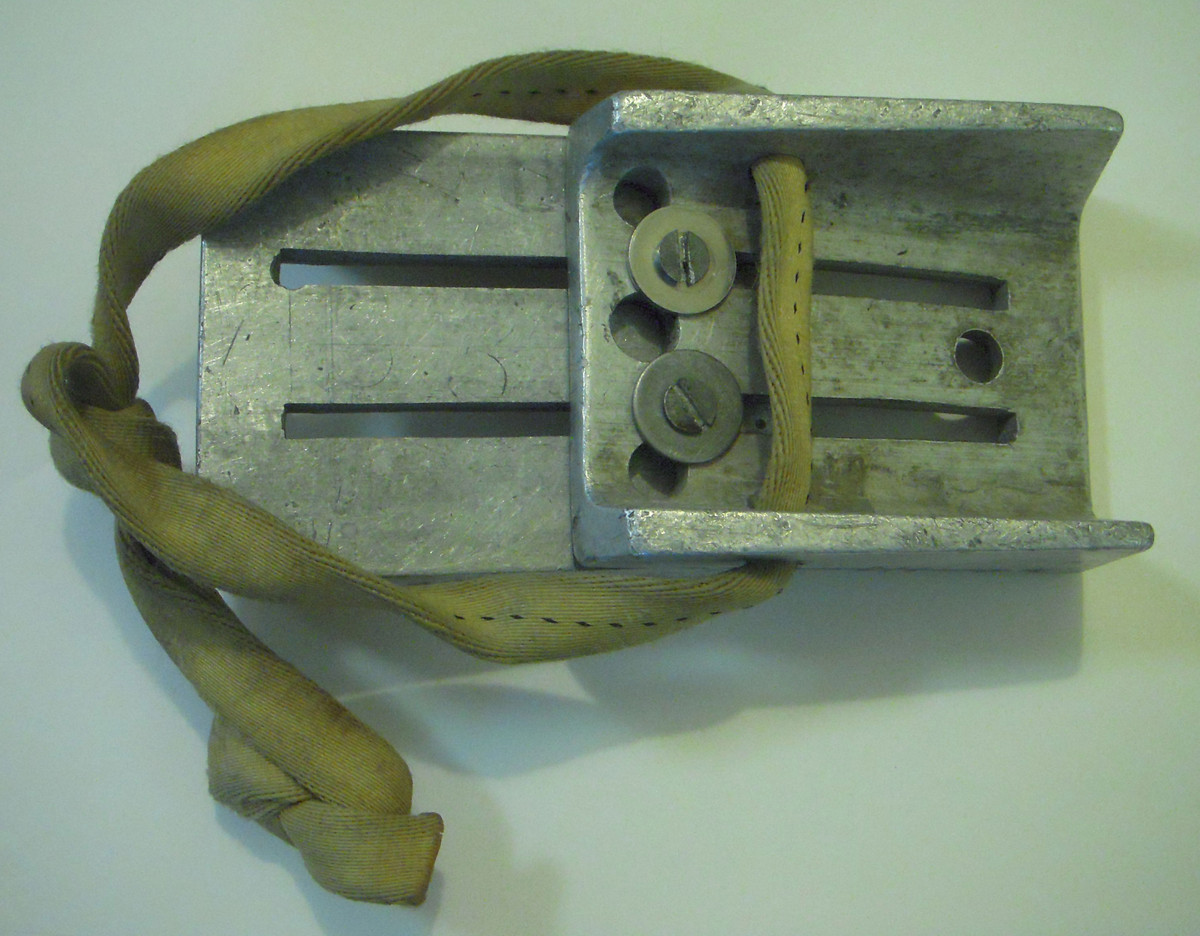

Jim Bridwell Gear









John Salathe Gear
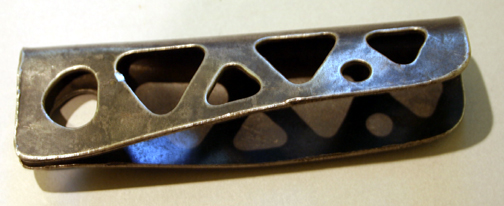
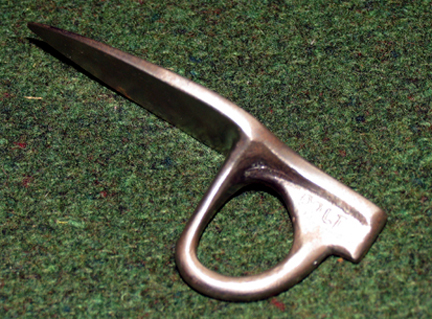

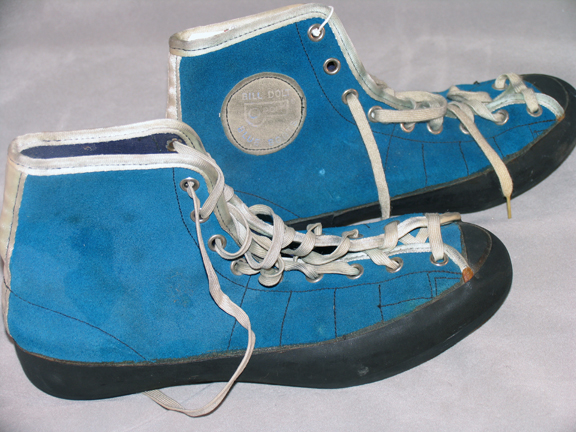

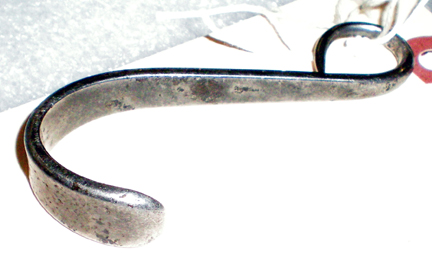

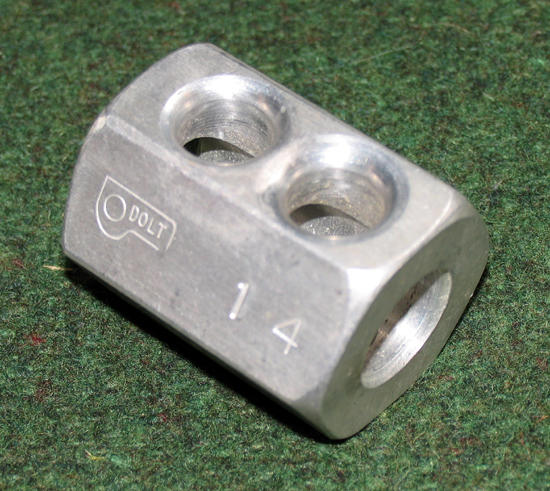
Hex made by Bill "Dolt" Feuerer. Circa late 1960's.
Dolt Gear

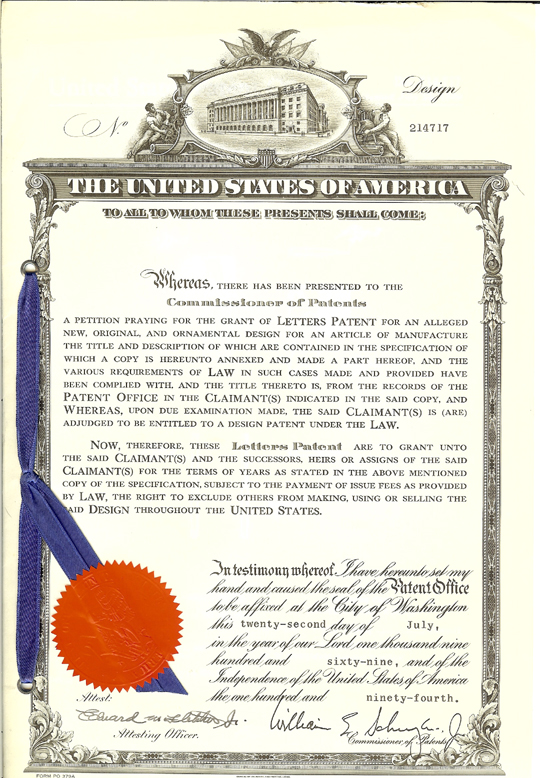


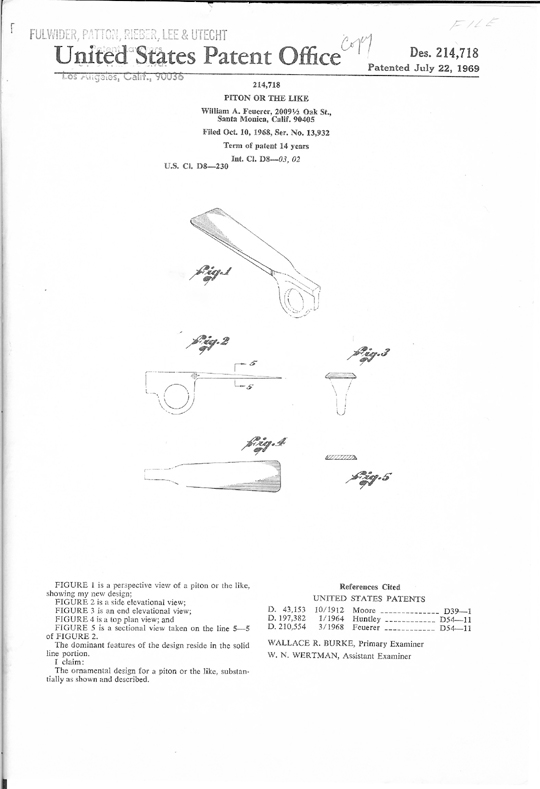
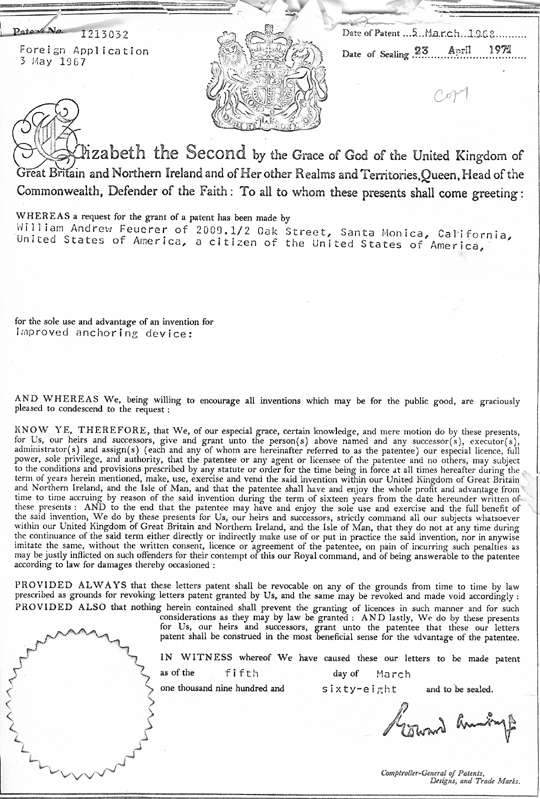


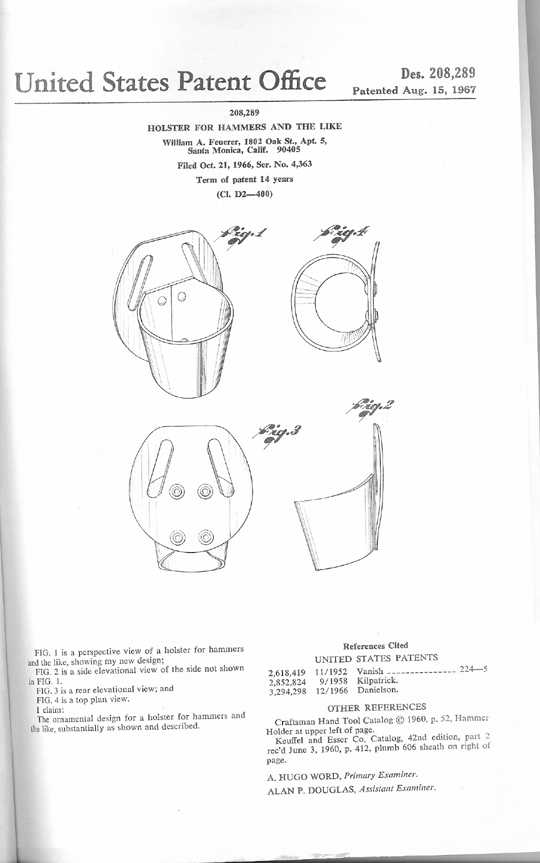


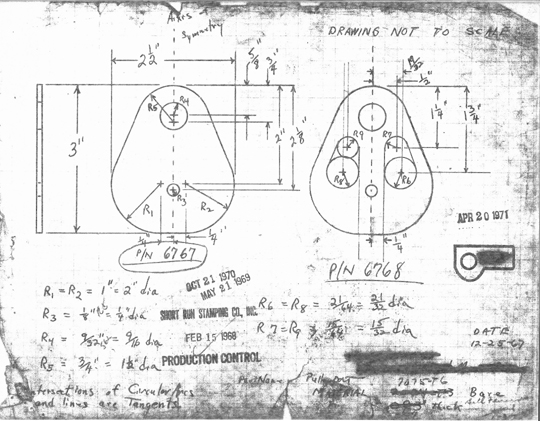
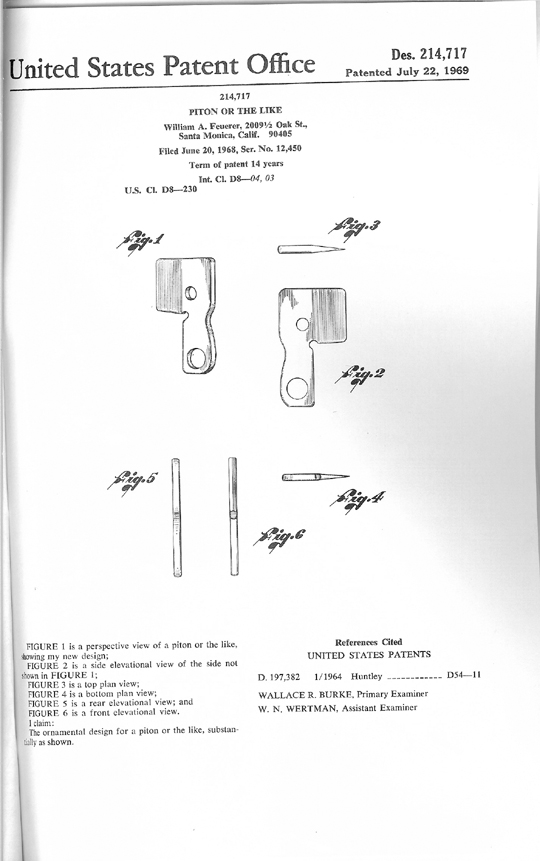
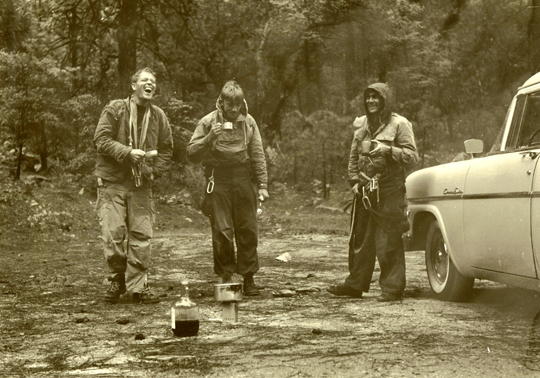
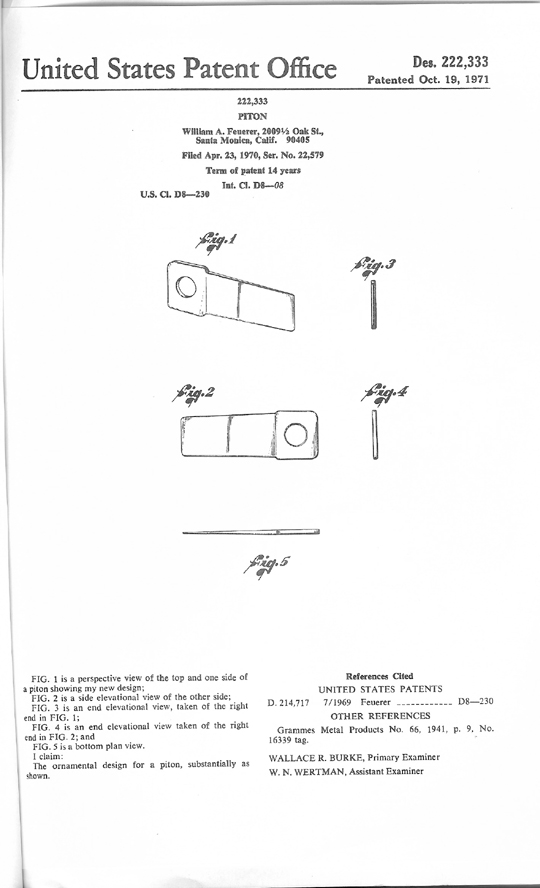
Dolt Patents and Drawings

Felt hat that belonged to 1940's climber Robin Hansen. The hat has the first 2 metal pins given to RCS (Rock Climbing Section) members of the Sierra Club. The first pin on the left was designed by Torcum Bedayn. A second more durable pin was designed by Ronald Hahn after it was discovered that Torcum's baked enamel pin chipped while climbing. Robin Hansen is best known for being the one that suceeded in throwing the rope over the Lost Arrow Tip during the first ascent in 1946. This "rope trick" as Salathe called it, spurred Salathe to climb to the Lost Arrow Tip starting from the bottom of the wall with Ax Nelson who was on the 1946 ascent. They called their route, the Lost Arrow Chimney, and completed it in 4 1/2 days in 1947 making it Yosemite's first big wall.
Hansen Hat


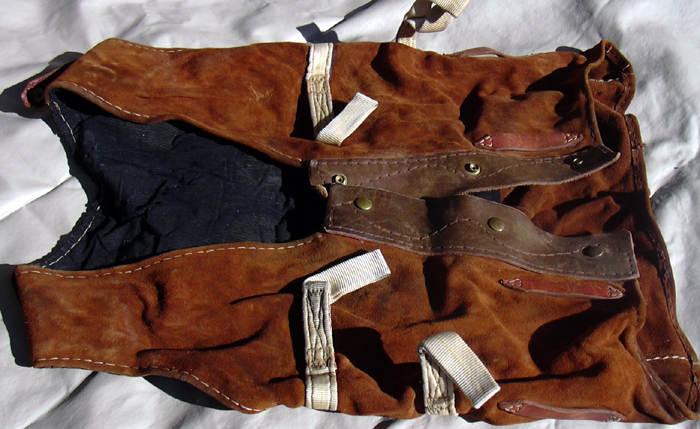
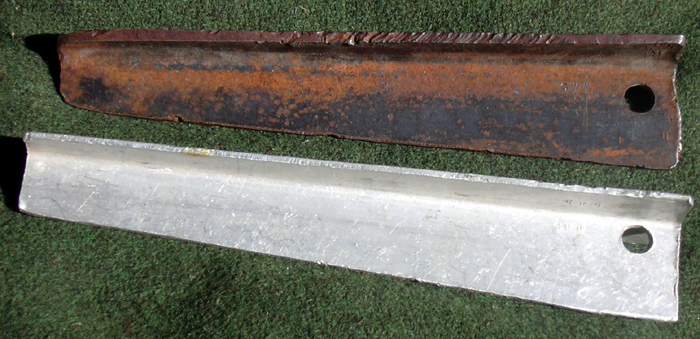




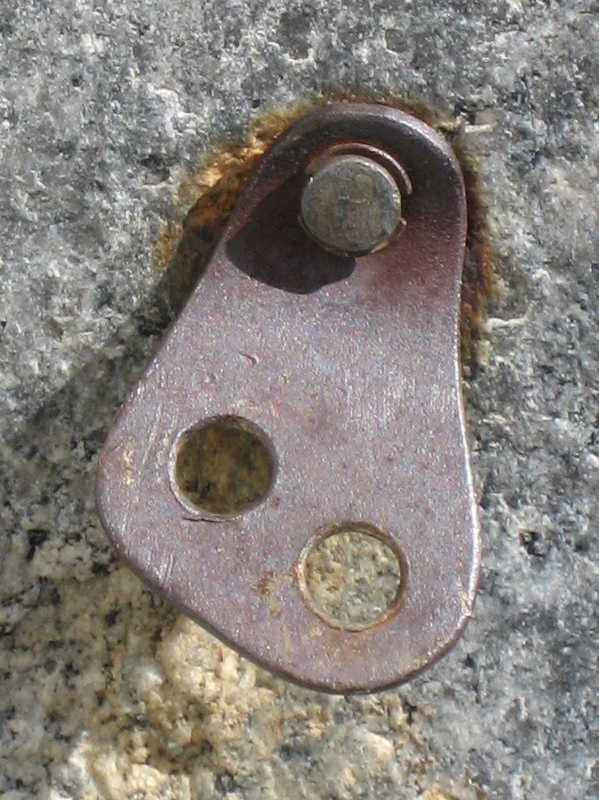
These hangers worked well for fixing ropes.



Nose Pack used during the first ascent of the Nose. Donated by Rich Calderwood.

Nose gearSelected gear used on the first ascent of the Nose of El Capitan, 1957 and 1958. This picture was originally published in the 1959 American Alpine Journal.

This pito, made by Frank Tarver, was made by sawing off the legs of an old wood stove. These pitons proved to be the key to getting past the wide cracks on the lower third of the Nose of El Capitan during the first ascent. These cracks are called the Stovelegs to this day.

Hemp Rope
Nose First Ascent Gear

Chouinard Bashies
A near complete set of unused Chouinard Bashies. These aid climbing tools were hammered into shallow nailed out cracks much like Copperheads.
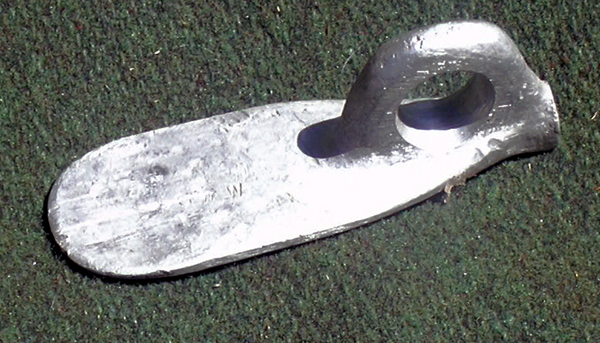
Aluminum Arrow
Aluminum Arrow made by George Whitmore.

Aluminum Bolt Hangers 1972
Aluminum bolt hangers made and used by Hugh Burton and Steve Sutton on the first ascent of Magic Mushroom, El Capitan. 1972.

Anderson Bolt
Anderson Bolt

Anderson Spike
Anderson spikeGeorge Anderson spike used on the first ascent of Half Dome in 1875..JPG

Bat Seat
Bat seatBAT (Basically Absurd Technology) belay seat. Warren Harding's brand made by Denali Expeditions of Fresno.

Bedayn Pitons
Bedayn pitons

Doug Robinson Stoppers
Doug Robinson Stoppers used during the first clean ascent of a Grade VI. Doug, Dennis Henneck and Galen Rowell climbed the Northwest Face of Half Dome, an account of the climb was featured in National Geographic, July of 1974.

Vintage 1 1/2" Friend
early FriendVintage 1 1/2" Friend made by Ray Jardine and given to Rick Cashner in 1979. Note that there are no grooves on the cams.



Homemade Ring Angle Claw Hook.
Homemade Ring Angle Claw hook. During the 1970's it was common to take an old ring angle piton and bend it into a larger hook than what was commercially available at that time. They were flimsy at best and would flex under body weight. This hook was made from iron angle stock and had more rigidity to it than ones made from ring angle pitons.

Leonard Nail
10 " hardware nail that was used as a piton on Yosemite's first roped climb, Lunch Ledge on Washington Column. The climb was done in 1933 and Richard Leonard removed the nail in 1936.

Longware Bongs
Longware BongsLonware Bongs made by Dick Long in the 1960's before Chouinard Equipment became popular his equipment along with Salathe pitons were the equipment of choice for Yosemite's challenges.

Lowe Cam
First spring loaded cam that inspired Ray Jardine's design for the Friend.

A5 Hammer
Early A5 hammer designed, made and used by John Middendorf. He used it on his first ascent of Trango Tower and on many of his ascents in Yosemite. The A5 hammer became a staple on the aid climbers rack in the 1980's replacing the previously popular Chouinard hammer.
Donated by John Middendorf.
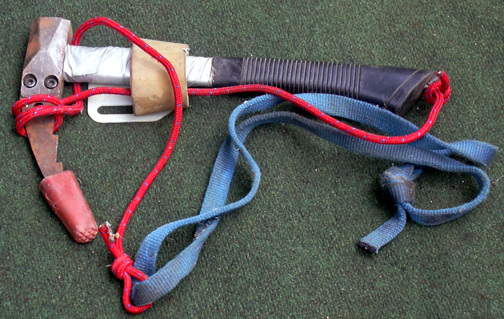
Walt Shipley's Alpine Hammer
Shipley's Alpine HammerAlpine hammer owned and used by Walt Shipley on his trip to Patagonia and on the Yosemite Valley ice climbs he did. Walt was an intense and energetic climber and accomplished an incredible amount.

Jim Wilson Snowshoe
Snowshoe made by Yosemite climber Jim Wilson. He used it on the first ascent of the Hummingbird Ridge of Mount Logan.

Hourglass Stopper
This large stopper was found at the base of the Hourglass. The Hourglass has a reputation of expanding and contracting during the day. Gear placed by the leader is not always able to be cleaned by the follower. The gear then falls out of the crack when it expands.

Bedayn Pitons and Carabiners
Two large pitons and military oval carabiner that belonged to Raffi Bedayn. Donated by Rod Bedayn.

Wellman Jumar
Modified Jumar used by Mark Wellman on the the first paraplegic ascent of El Capitan (1989) and Half Dome (1991).

Sporthaus Schuster pitons were the state of the art pitons in the 1930's. RCS climbers Richard Leonard, Jules Eichorn and Bestor Robinson first used these pitons in 1934 on Higher and Lowere Cathedral Spires after they realized the 10 " hardware nails they were using were inadequate.

MSR #1
What are these called? Anyone ever use them? When were they available? They look like a Crack-n-up take-off. 1 of 3..

Wolfgang Gullich Piton
Wolfgang pitonLarge Ring Wafer Piton that is very old. This piton was found in the Alps by Wolfgang Gullich and was one of his prize possessions.

MSR#2
What are these called? Anyone ever use them? When were they available? They look like a Crack-n-up take-off. 2 of 3.

MSR #3
What are these called? Anyone ever use them? When were they available? They look like a Crack-n-up take-off. 3 of 3.

Excalibur Wood Block
A wooden 2 x 4 that was used to stack with bongs in the wide cracks of Excalibur, El Capitan. Excalibur was done by Charlie Porter and Hugh Burton in 1975. The 2 x 4 was found at the base by Grant Hiskes and showed evidence of having split on the climb. Oddly enough, several years later Ken Yager found the matching piece to it.
